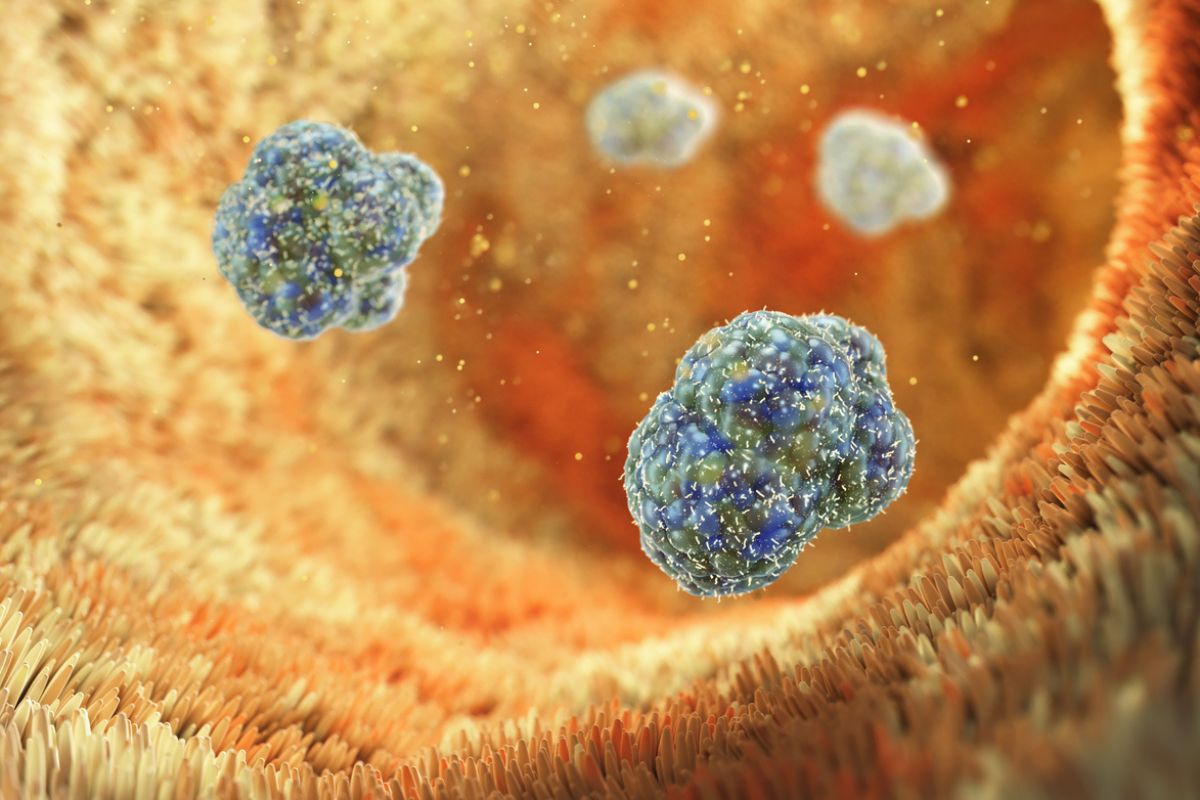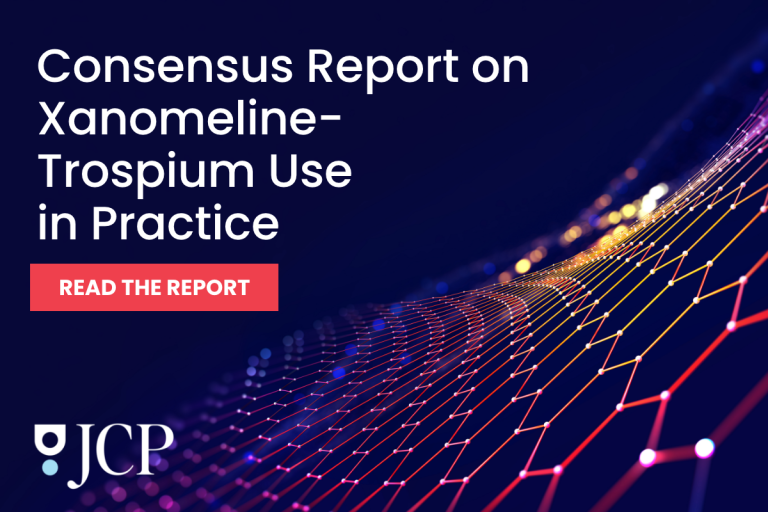New research confirms that there’s a genetic component to psychiatric conditions like schizophrenia.
Researchers have published the results of a longitudinal study that asserts that kids whose parents have been diagnosed with schizophrenia (or bipolar disorder) are at a much higher risk of developing psychiatric disorders.
“The study confirms this increased risk and helps to better understand what factors influence mental health problems [in] patients’ children,” study coordinator Josefina Castro Fornieles said in a press release. Fornieles is a researcher in the Mental Health Networking Biomedical Research Centre (CIBERSAM) at the Faculty of Medicine and Health Sciences of the University of Barcelona.
Earlier research, including other major European studies, such as the Dutch Bipolar and Schizophrenia Offspring Study and Denmark’s VIA-11 project, uncovered similar rates of psychopathology among high-risk children. That being said, this new data offers a unique perspective that follows both schizophrenia and bipolar offspring over multiple time points – paired with exhaustive clinical assessments.
Elevated, Varied Risk Levels
The researchers tracked the mental health outcomes of 238 children for four years, where they found that these high-risk offspring didn’t just face a higher likelihood of developing mental illness. They also showed clear patterns of psychiatric vulnerability based on the parent’s diagnosis.
This paper, appearing in the journal European Child & Adolescent Psychiatry, is part of the larger Bipolar and Schizophrenia Young Offspring Study (BASYS). For this investigation, the researchers looked at children between 6 and 17. Nearly 40% of the parents (90 of them) had bipolar disorder while 17% of them (41) had a parent with schizophrenia.
The researchers relied on established clinical assessments and statistical tools – such as the Kaplan-Meier survival analysis and Cox regression models – to track the onset of psychiatric diagnoses and subclinical symptoms. They also looked at the influence of several parental factors, such as socio-economic status, psychosocial functioning, and age at childbirth.
After four years, the authors discovered that both the bipolar and schizophrenia groups showed double the risk of developing a psychiatric disorder compared to the control group.
“In addition, symptom patterns vary according to parental diagnosis,” first author Elena de la Serna, CIBERSAM researcher at Hospital Clínic de Barcelona, said. “The study reveals that children of people with schizophrenia have a higher risk of attention deficit disorder, disruptive disorders, and subclinical psychotic symptoms.
“In the case of bipolar disorder, children of affected patients show a higher prevalence of mood disorders, attention deficit disorder and subclinical bipolar symptoms,” she added.
Safeguards and Early Warning Signs
The researchers also found that higher parental psychosocial functioning and socio-economic status appeared to help suppress the risk of psychiatric disorders in kids. This, they contend, suggests that environmental and family factors can work as buffers against theorginial genetic risk.
“This supports the growing understanding that the interaction between genetic predisposition and environment plays a crucial role in the development of mental illness,” first-author Carla Torrent, PhD, explained. “Improving parental well-being and reducing socio-economic hardship could be effective preventative strategies.”
The research team also found that:
- Children of schizophrenics showed more subclinical psychotic symptoms than the other groups.
- And the offspring of bipolar parents appeared to be more likely to show early signs of bipolarity.
These early warning signs, the authors suggest, might help forecast more serious disorders later on. But they admitted that more research could help clarify that.
Limitations and Future Research
While the findings certainly move the needle on what we know about schizophrenia, the authors concede that this relatively small sample size hampers any kind of universal application. In fact, the researchers point out that non-participating kids usually show higher levels of psychopathology, suggesting that the real risk could be more widespread than expected.
The authors add that the limited age range of the study participants, all of whom were under 17, omits the consideration of some psychiatric disorders that typically emerge later in adolescence or even early adulthood.
Despite all of that, this new data reinforces the argument for early intervention and support for families living with severe mental illness.
“Although studies with larger samples are needed, this one contributes to a better understanding of the mechanisms of intergenerational transmission of vulnerability to mental disorders in childhood and adolescence,” the researchers wrote.
The authors add that future research should focus on whether improving parental functioning and SES through clinical and social interventions can reduce the risk of mental illness in children.
The team plans to keep monitoring the study participants well into young adulthood in a bid to figure out whether subclinical symptoms can foretell the eventual development of full-blown psychiatric conditions. Their hope is that by identifying high-risk individuals earlier – while getting a better grasp of the parental and environmental factors at play, the mental health community can develop more effective prevention and early intervention models.
As mental health services worldwide grapple with shrinking budgets and rising demand, these study results make a compelling argument for more investment in targeted support for the ost vulnerable families. It’s increasingly clear that psychiatric risk isn’t just another genetic trait – like blue eyes or red hair. It’s also influenced by a more complicated exchange of genetics, parenting, and one’s socio-economic environment.
Further Reading
New Compound Offers Hope for Safer Psychedelics
Global Experts Unveil New Schizophrenia Treatment Guidelines
Researchers Propose a Periodic Table of Psychiatric Disorders



